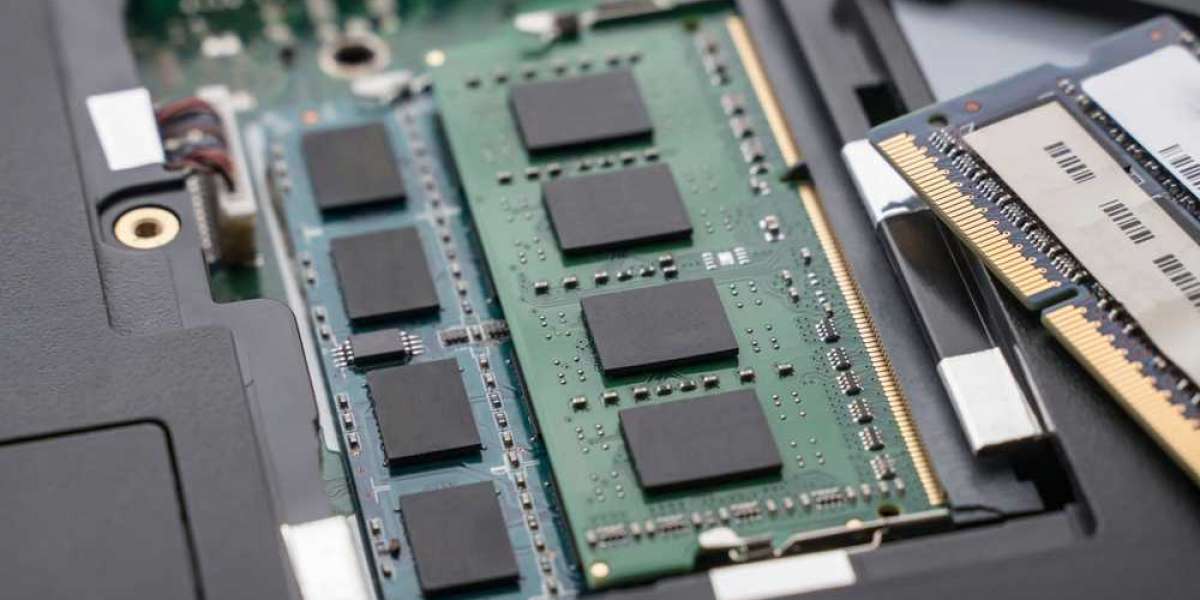Rambus Dynamic Random Access Memory (RDRAM) was once heralded as a groundbreaking advancement in computer memory technology. It was designed to deliver faster data transfer rates and improved performance compared to its contemporaries like SDRAM. However, despite its initial promise, RDRAM had a relatively short lifespan in the market. This article explores the history, features, and eventual decline of RDRAM.
What is RDRAM? RDRAM, or Rambus DRAM, is a type of synchronous dynamic random-access memory (SDRAM) developed by Rambus Inc. in the 1990s. Unlike traditional SDRAM, which transfers data on a single clock cycle, RDRAM employs a high-speed data bus to achieve higher bandwidth. This design allowed RDRAM to offer significantly faster data transfer rates, making it a preferred choice for high-performance devices like gaming consoles and high-end PCs.
Key Features of RDRAM One of the defining features of RDRAM was its use of a narrow, high-speed memory bus known as the Rambus Channel. It operated at speeds up to 800 MHz, significantly outpacing the performance of conventional SDRAM at the time. Another innovation was its ability to transfer data on both the rising and falling edges of the clock signal, which further increased bandwidth. Additionally, RDRAM modules were packaged in RIMM (Rambus Inline Memory Module) form factors, which looked similar to traditional DIMMs but with different pin configurations.
The Rise of RDRAM In the late 1990s, RDRAM was positioned as the next-generation memory standard for high-performance computing. Intel partnered with Rambus Inc., and certain Intel chipsets, like the i820, were designed to support only RDRAM. This collaboration gave RDRAM an early competitive edge, especially in high-end consumer PCs and gaming consoles like the Sony PlayStation 2.
Challenges and Decline Despite its technological advantages, RDRAM faced several challenges that ultimately led to its decline. First, its production costs were significantly higher than those of competing memory technologies like DDR SDRAM. The complex design and licensing fees associated with Rambus technology further inflated costs, making RDRAM unaffordable for many consumers. Compatibility issues also plagued RDRAM, as it required specialized chipsets and motherboards.
The emergence of DDR (Double Data Rate) SDRAM dealt the final blow to RDRAM’s market position. DDR SDRAM provided similar or even better performance at a fraction of the cost, and it was widely supported by chipset manufacturers. As a result, computer manufacturers and consumers began to favor DDR SDRAM over RDRAM, leading to a sharp decline in demand.
Legacy and Impact While RDRAM is no longer in widespread use, its influence on memory technology is undeniable. Its innovative dual-edge data transfer concept inspired similar designs in later memory technologies. The development of high-bandwidth interfaces, such as GDDR (Graphics Double Data Rate) memory used in modern GPUs, can also be traced back to some of the principles introduced by RDRAM.
Conclusion RDRAM was a bold step forward in memory technology, offering faster data transfer rates and higher bandwidth compared to its competitors. However, high production costs, licensing fees, and the rise of DDR SDRAM ultimately led to its downfall. Despite its short-lived success, RDRAM's impact on memory technology continues to be felt today in the design of modern high-speed memory interfaces. Understanding the rise and fall of RDRAM offers valuable insights into the evolution of computer memory technology.







